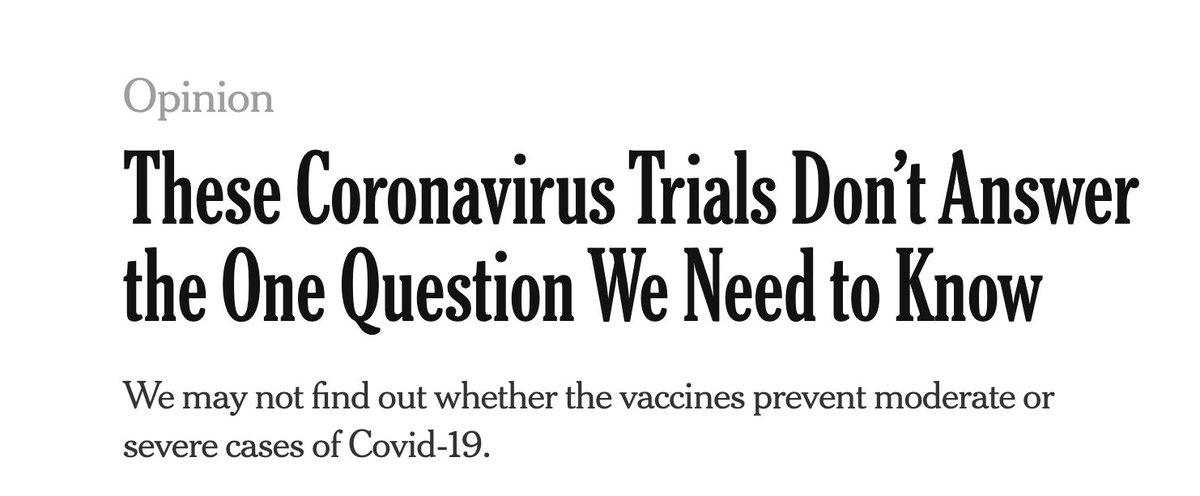
How to fix the "scariant" problem, the fear from #SARSCoV2 variants that are incompletely characterized
@WIRED by @MeganMolteni
wired.com/story/the-us-h…
@WIRED by @MeganMolteni
wired.com/story/the-us-h…
Our @ScrippsResearch, "Science Simplified," 2 min educational video on variants
…
@drewduglan and @WardLab1 @HaileePerrett
…
@drewduglan and @WardLab1 @HaileePerrett
Is a new Oregon variant functionally different?
It's too early to tell
nytimes.com/2021/03/05/hea…
I coined the term "scariant" because there's a mixed bag of real troubling variants (like B.1.1.7, P.1, B.1.351) + many that are not adequately characterized, may lack need for concern

It's too early to tell
nytimes.com/2021/03/05/hea…
I coined the term "scariant" because there's a mixed bag of real troubling variants (like B.1.1.7, P.1, B.1.351) + many that are not adequately characterized, may lack need for concern


Prof @RobertoBurioni and I recently wrote about the need for standard assays, along with epidemiological assessment, to have more certainty about whether a variant is the real deal
nature.com/articles/s4159… @NatureMedicine
nature.com/articles/s4159… @NatureMedicine
• • •
Missing some Tweet in this thread? You can try to
force a refresh













